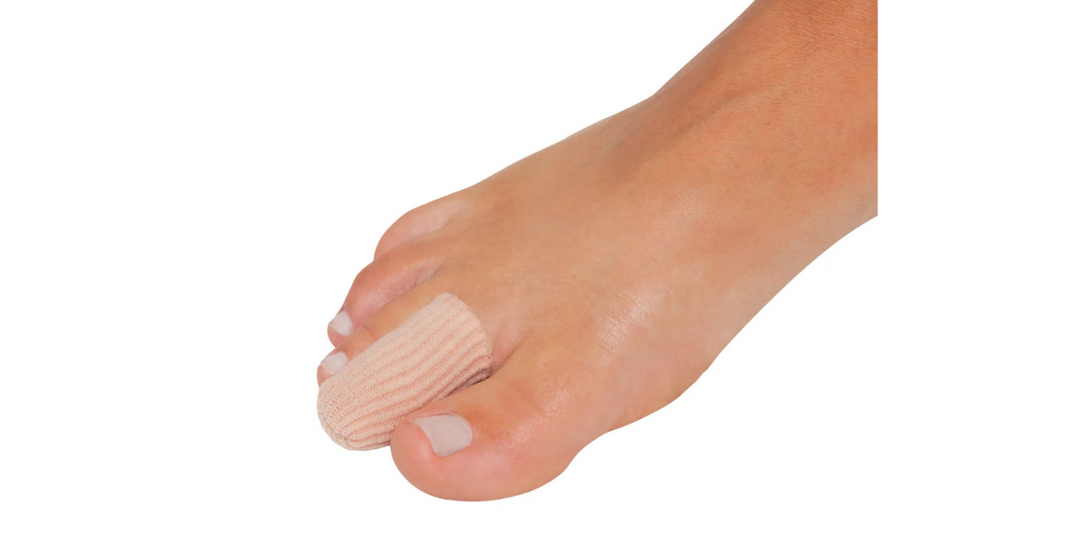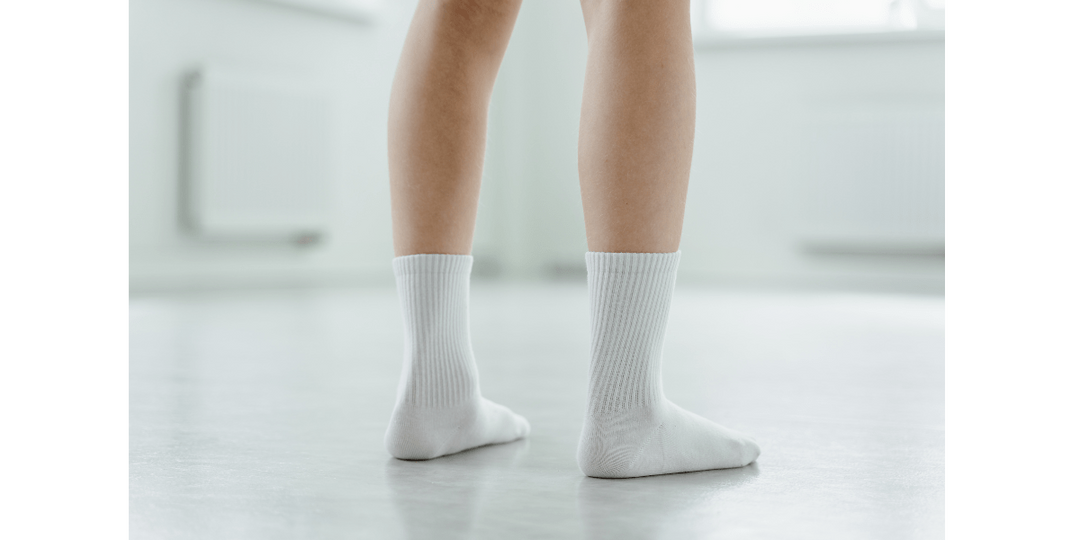Mortons Neuroma - Causes and Treatment
Morton’s Neuroma: A Podiatrist’s Perspective
Morton’s neuroma is a painful condition that affects the ball of the foot, typically between the third and fourth toes. It involves the thickening of tissue around one of the nerves leading to the toes, often due to repetitive stress or compression. Patients often describe it as feeling like a pebble in the shoe or a burning, tingling, or sharp pain in the ball of the foot that radiates into the toes. Although common in both men and women, it most frequently affects middle-aged women, especially those who wear high heels or tight shoes.
What Causes Morton’s Neuroma?
Morton’s neuroma results from compression and irritation of the nerve in the foot, which leads to inflammation and, eventually, a thickening of the tissue around the nerve. The most common causes and contributing factors include:
Footwear: Shoes that squeeze the toes or place pressure on the ball of the foot, such as high heels or narrow-toed shoes, are major culprits. Wearing these shoes regularly can irritate the nerve, especially if the forefoot is repeatedly forced into a tight space.
Foot Structure and Biomechanics: Certain foot types are more susceptible to developing Morton’s neuroma. People with flat feet, high arches, or other structural abnormalities may have altered gait patterns that put excess pressure on the ball of the foot. Similarly, bunions and hammertoes, which change foot alignment, can contribute to nerve compression.
Repetitive Impact: High-impact sports like running, basketball, or tennis place repeated stress on the forefoot, which can lead to the development of a neuroma. This repetitive impact causes the tissues to thicken over time in response to continual pressure and irritation.
Previous Injury: Trauma or injury to the foot may lead to scar tissue formation, which can affect nerve placement and increase the likelihood of developing a neuroma.
Symptoms of Morton’s Neuroma
Patients with Morton’s neuroma typically report the following symptoms, often worsening over time:
Sharp or Burning Pain: The pain is generally localized to the ball of the foot and may radiate to the toes, especially between the third and fourth toes.
Tingling or Numbness: Patients often feel numbness or tingling in the toes, caused by nerve compression.
"Pebble in the Shoe" Sensation: Many patients describe the sensation as feeling like they’re standing on a small pebble or having a wrinkle in their sock.
Pain Worsened by Activity: Pain usually intensifies during walking, running, or standing for long periods, especially in tight or high-heeled shoes, and may improve with rest or after removing footwear.
Diagnosis of Morton’s Neuroma
Diagnosis typically begins with a thorough medical history and physical examination. During the exam, your podiatrist will look for tenderness in the affected area and may perform specific tests, such as:
Palpation Test: Applying pressure between the metatarsal heads to reproduce pain or feel for a “click” sensation, known as Mulder’s sign, can be a key indicator of a neuroma.
Imaging Studies: While Morton’s neuroma doesn’t always appear on X-rays, imaging studies such as ultrasound or MRI can help confirm the diagnosis and rule out other conditions like stress fractures or arthritis.
Treatment Options for Morton’s Neuroma
Treatment for Morton’s neuroma typically starts with conservative methods, which can be highly effective in reducing pain and discomfort. Here are the main treatment options I typically recommend:
Footwear Modification: Wearing shoes with a wider toe box, low heels, and good arch support is essential. Avoiding high heels and narrow shoes can relieve pressure on the neuroma and reduce symptoms. Footwear that accommodates the natural width of the forefoot allows the metatarsals and nerves more space, easing pressure.
Padding and Orthotics: Orthotics or metatarsal pads can redistribute pressure away from the neuroma, relieving irritation. By placing a metatarsal pad behind the ball of the foot, the arch is supported, and the forefoot pressure is reduced, which helps ease nerve compression.
Rest and Ice: Resting the foot and applying ice to the painful area can reduce inflammation and provide temporary pain relief. This approach is especially helpful after long periods of standing or exercise.
Activity Modification: Reducing high-impact activities that aggravate symptoms, like running, jumping, or high-impact aerobics, can prevent further irritation of the nerve.
See your podiatrist for a thorough assessment to determine the best treatment options for you.
Preventing Morton’s Neuroma
To prevent Morton’s neuroma, I advise patients to:
Wear Proper Footwear: Opt for supportive shoes with a wide toe box and avoid high heels or tight, narrow shoes. This can significantly reduce pressure on the forefoot.
Use Orthotics if Needed: If you have a foot structure that predisposes you to Morton’s neuroma (such as flat feet or high arches), orthotics can provide the needed support.
Take Breaks During High-Impact Activities: Alternating high-impact activities with low-impact options, like cycling or swimming, can give the feet a break from repetitive stress.
Stretch and Strengthen: Exercises to strengthen the muscles in the feet and stretch the calf and Achilles tendon can improve foot mechanics and relieve pressure on the forefoot.
Frequently Asked Questions (FAQs)
1. Is Morton’s neuroma a permanent condition?
While Morton’s neuroma can be persistent, most cases are manageable with conservative treatments. Symptoms often improve significantly with lifestyle changes, footwear modifications, and non-surgical treatments. In severe cases, surgery can effectively relieve pain.
2. How can I tell if my foot pain is Morton’s neuroma or something else?
Morton’s neuroma typically presents as pain between the toes, often accompanied by burning, tingling, or a “pebble in the shoe” sensation. A podiatrist can perform specific tests and imaging to differentiate Morton’s neuroma from other foot conditions, like plantar fasciitis or metatarsalgia.
3. Can I still exercise with Morton’s neuroma?
Yes, but modifying your activity to avoid high-impact exercises that worsen symptoms is important. Activities like swimming, cycling, or low-impact aerobics can allow you to stay active without aggravating the neuroma.
Morton’s neuroma can be painful and frustrating, but with the right diagnosis, treatment plan, and preventative strategies, patients can manage symptoms effectively. Addressing the condition early and making modifications can help patients find relief and maintain their active lifestyles.
To find a podiatrist visit the Australian Podiatry Association's Find A Podiatrist Page HERE









Leave a comment